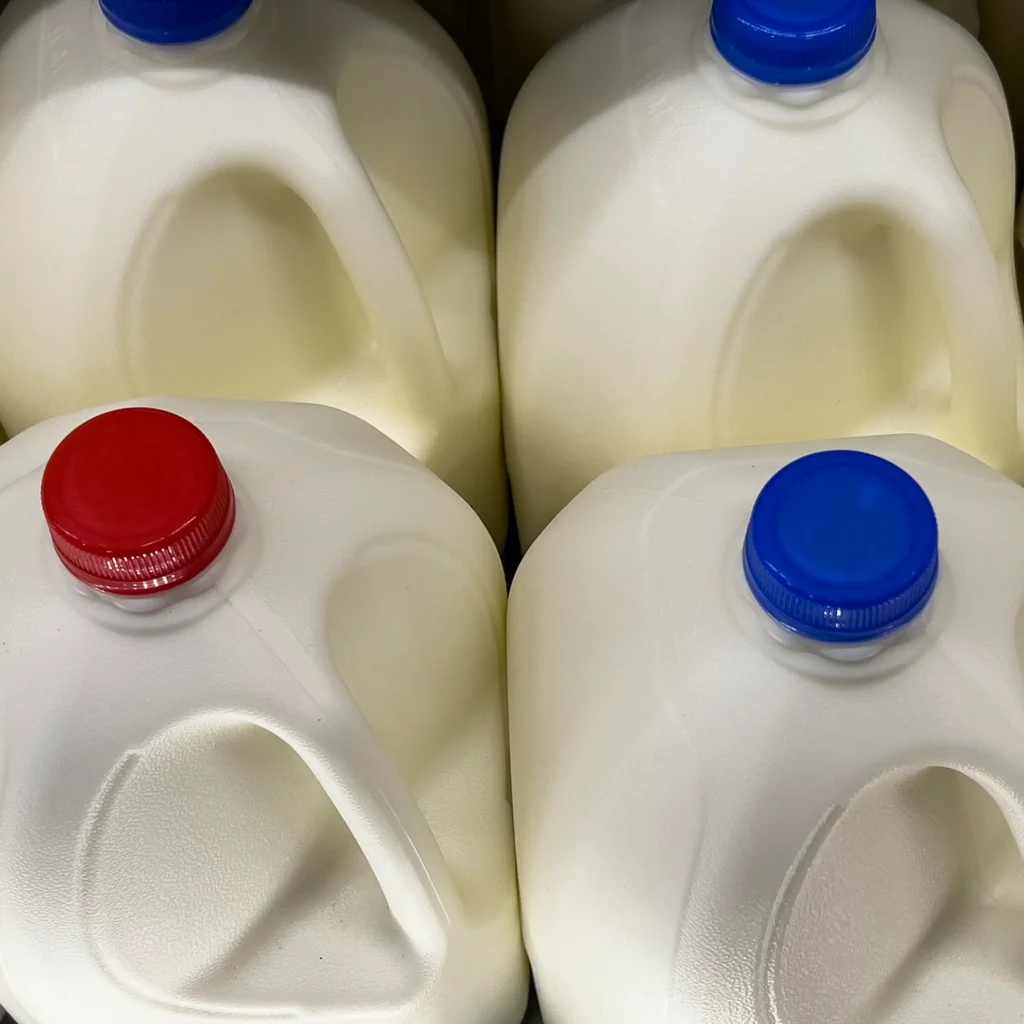One of the most frequent tricks used by global warming alarmists to induce a state legislature to pass costly carbon dioxide restrictions is to claim the particular state is “particularly vulnerable” to global warming for various reasons, justifying costly, state-specific action.
“Particularly vulnerable” is a relative term, of course, and not all states can be “particularly vulnerable” relative to each other.
For example, the July 22 Nashville Tennessean claims, “The Southeast is one of the most vulnerable regions to climate change.” However, a quick Google search for “global warming” and “particularly vulnerable” shows a plethora of states, regions, and groups alleged to be “particularly vulnerable” to global warming. A partial list includes:
The Northeast
The Southeast
The Southwest
The Gulf Coast
The Atlantic Coast
The Great Plains
Latinos
Native Americans
Children
Senior citizens
Cities
Rural areas
Developing nations
Developed nations
California
Connecticut
Florida
Hawaii
Idaho
Indiana
Louisiana
Maine
Maryland
Montana
New Jersey
New York
North Carolina
Oregon
Rhode Island
Texas
Virginia
The Tennessean is not entirely to blame for its disingenuous claim of the Southeast being “particularly” vulnerable to global warming. After all, the newspaper is merely reporting the claims of a new report from the U.S. Environmental Protection Agency. Of course, EPA is the source for many of the other “particularly” vulnerable claims above, as well.
While “particularly vulnerable” is used as a rallying cry in various states to push for state-specific global warming laws, the truth of the matter is that “particularly vulnerable” has become an absolutely meaningless term. If all states are “particularly vulnerable,” then none are.
James M. Taylor ([email protected]) is managing editor of Environment & Climate News.




